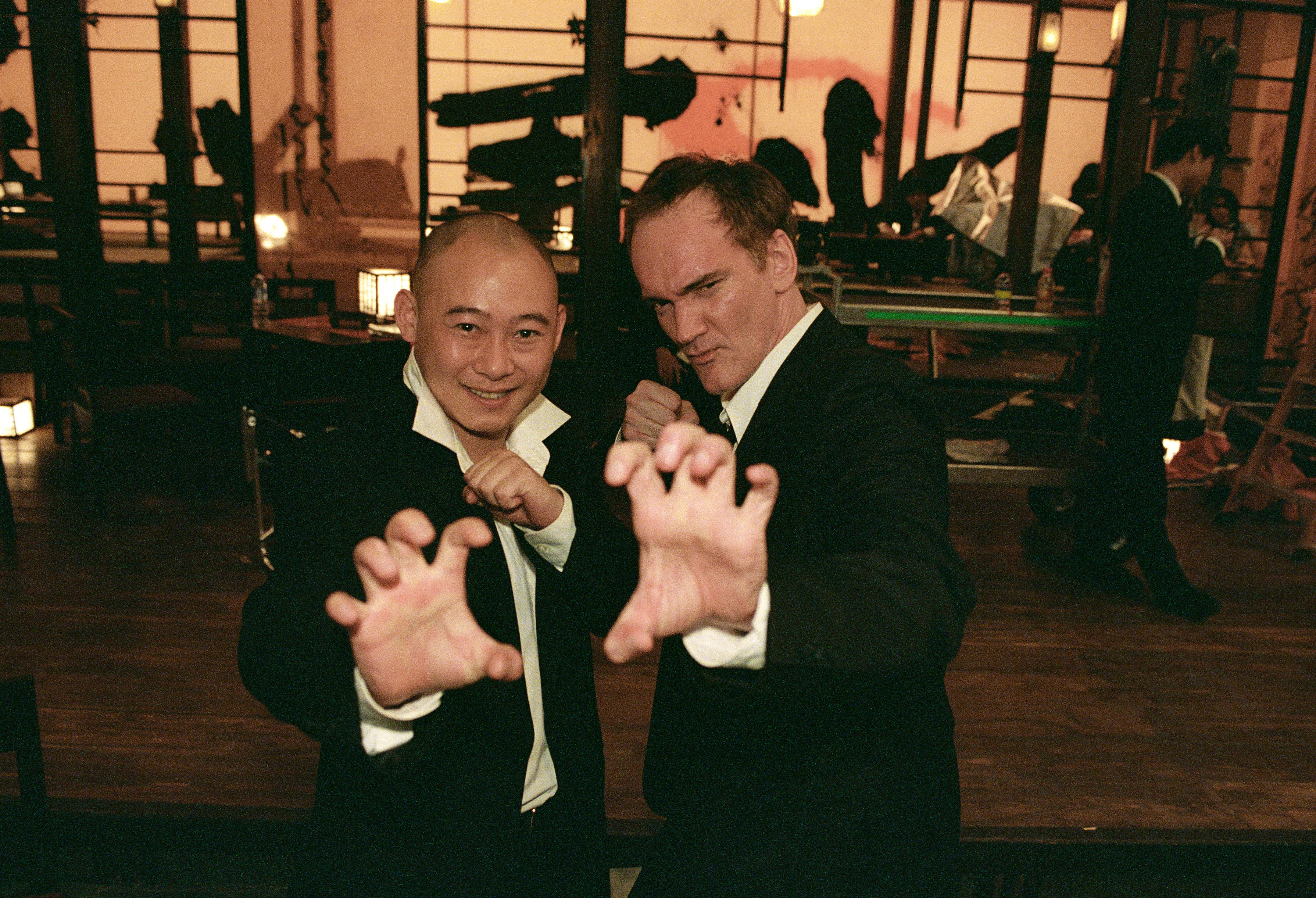
"The Fourth Film by Quentin Tarantino" by Robert Meyer Burnett
An explosive celebration of cinema’s most beloved genres, Quentin Tarantino’s Kill Bill Volume One, is distilled through his trademark hyper-stylized lens. The film embraces its influences with the same gusto its protagonist, The Bride, embraces her quest for vengeance. A pastiche of samurai epics, spaghetti westerns, grindhouse exploitation, and kung fu classics, Kill Bill isn’t content to merely pay tribute to these genres; it devours them whole, remaking them in its own garish, blood-soaked image. Every frame feels like a love letter to cinema, yet at times it also mocks the very conventions it borrows from. Both cinephile and showman, Tarantino relishes in the absurdity of movie violence, and delights in every aspect of cinematic artifice. Visually striking as it is violently excessive, the result is a blast of pure energy wrapped in an almost unbearable level of intensity.
Its violence goes beyond simple brutality, its nature impossible to ignore, and Tarantino, ever the provocateur, pushes the envelope of on-screen gore to such an extent that it becomes a spectacle in its own right, blood flowing with hyperbolic force, especially in the unforgettable battle between Uma Thurman’s Bride, and the Crazy 88, that it transforms from something gruesome to something beautifully surreal. The fight scenes are carefully choreographed, almost balletic in their precision, but they’re drenched in so much blood that they very intentionally slip into the realm of the Shogun Assassin absurd. Tarantino makes a statement about the stylized nature of violence in cinema by turning it into something so over-the-top, he forces the audience to confront its own fascination with on-screen bloodshed. There’s a strange beauty in these moments, but also an undercurrent of discomfort. A reminder that Tarantino’s films are never just about the plot; they’re about the form, the way cinema itself looks, sounds, and feels.
The film’s centerpiece, the House of Blue Leaves sequence, stands as a dazzling display of martial arts choreography and visual invention. Tarantino speaks often about his love for Japanese cinema, and here he channels that admiration into a fight that’s both an homage to the great samurai films, and a genre-bending spectacle all its own. The Western cut of the sequence, presented in black and white, feels like an obvious nod to old samurai films, but the choice, probably imposed by the R-rating, also heightens the comic-book nature of the bloodshed. The color is drained from the fight, making the blood seem even more artificial and stylized—its exaggerated splashes become an integral part of the film’s aesthetic, rather than a reflection of real-world violence. But the Japanese version, currently only available on the original Japanese DVD, with its use of full color and additional fight footage, presents the scene in a different light. The vivid hues heighten the emotional stakes of the fight, adding a layer of emotional intensity to the already breathtaking choreography. It’s fascinating to compare the two versions, as they reveal Tarantino’s keen sense of cultural difference and his understanding of how visuals can be tailored to resonate with different audiences.
An exploration of how movies can manipulate the senses to create a visceral reaction in the viewer, Kill Bill Volume One is undeniably a film about style, always engaging, always compulsively watchable. As usual, Tarantino assembled a remarkable cast, some of his usual company of players, with Uma Thurman standing tall in the maelstrom, turning in a performance that balances ferocity and vulnerability as The Bride. While Kill Bill may not have the sharp wit of Pulp Fiction or the narrative intricacies of Jackie Brown, it offers something equally compelling: a wild ride through the most thrilling, absurd, and visually arresting corners of cinema. For all its excess, for all its splattered blood and stylized mayhem, it’s a film that is never less than entertaining, and it serves as a testament to Tarantino’s ability to transform the familiar into something completely fresh. A paean to cinematic excess, you can’t deny the sheer triumphant audacity of it all.